System could be scaled-up to supply clean and renewable energy.
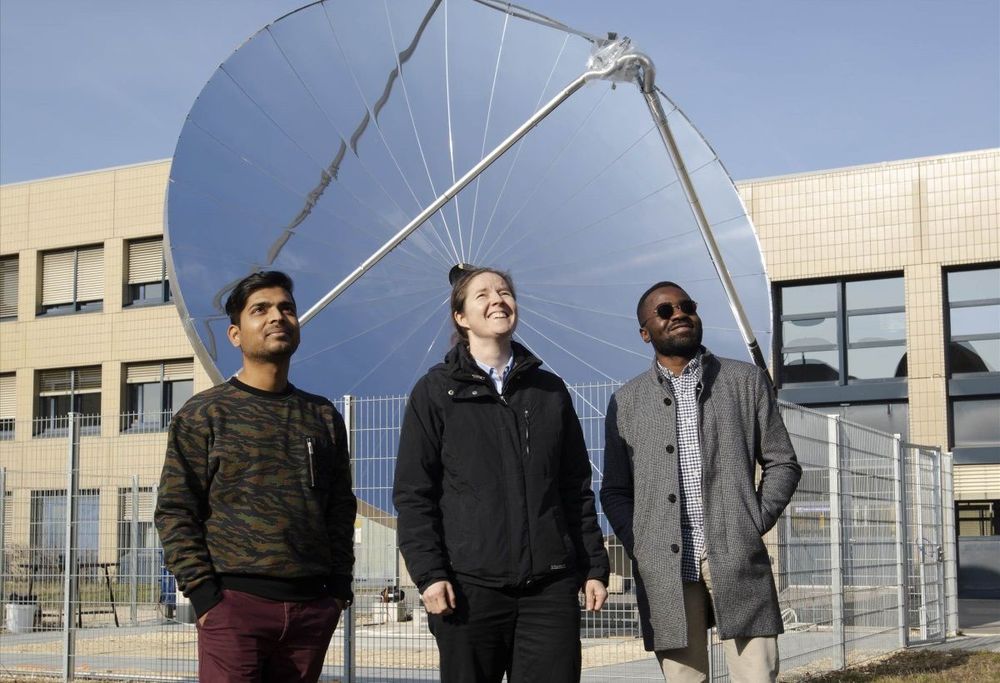

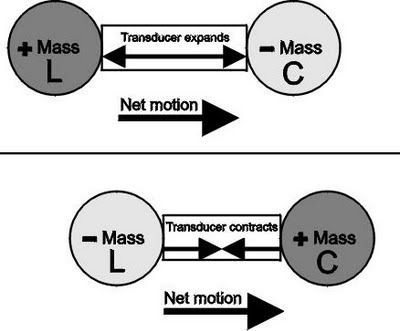
Circa 1990 to current o.o
The Woodward effect, also referred to as a Mach effect, is part of a hypothesis proposed by James F. Woodward in 1990.[1] The hypothesis states that transient mass fluctuations arise in any object that absorbs internal energy while undergoing a proper acceleration. Harnessing this effect could generate a reactionless thrust, which Woodward and others claim to measure in various experiments.[2][3]
Hypothetically, the Woodward effect would allow for field propulsion spacecraft engines that would not have to expel matter. Such a proposed engine is sometimes called a Mach effect thruster (MET) or a Mach Effect Gravitation al Assist (MEGA) drive.[4][5] So far, experimental results have not strongly supported this hypothesis,[6] but experimental research on this effect, and its potential applications, continues.[7]
The Space Studies Institute was selected as part of NASA’s Innovative Advanced Concepts program as a Phase I proposal in April 2017 for Mach Effect research.[8][9][10][11] The year after, NASA awarded a NIAC Phase II grant to the SSI to further develop these propellantless thrusters.[12][13].
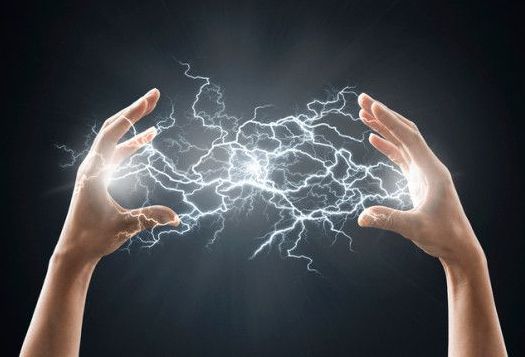
Form Energy, which is developing what it calls ultra-low-cost, long-duration energy storage for the grid, has signed a contract with the Minnesota-based Great River Energy to develop a 1 megawatt, 150 megawatt hour pilot project.
The second-largest electric utility in the Minnesota, Great River Energy’s installation in Cambridge, Minn. will be the first commercial deployment of the venture-backed battery technology developer’s long-duration energy storage technology.
From Energy’s battery system is significant for its ability to deliver 1 megawatt of power for 150 hours — a huge leap over the lithium ion batteries currently in use for most grid-scale storage projects. Those battery systems can last for two- to four-hours.

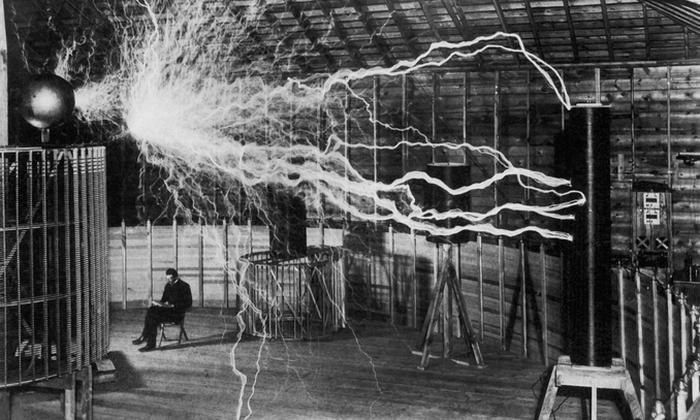

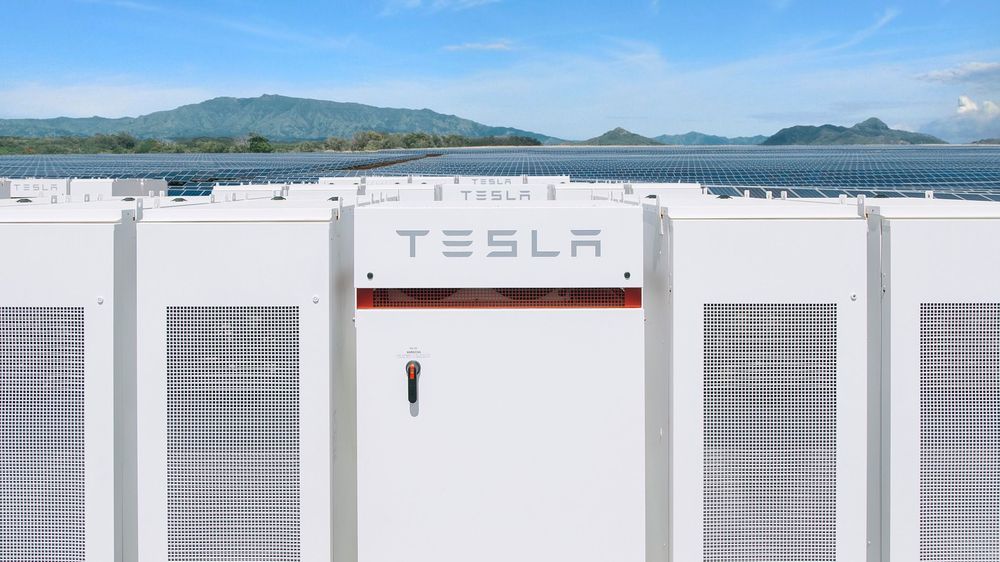
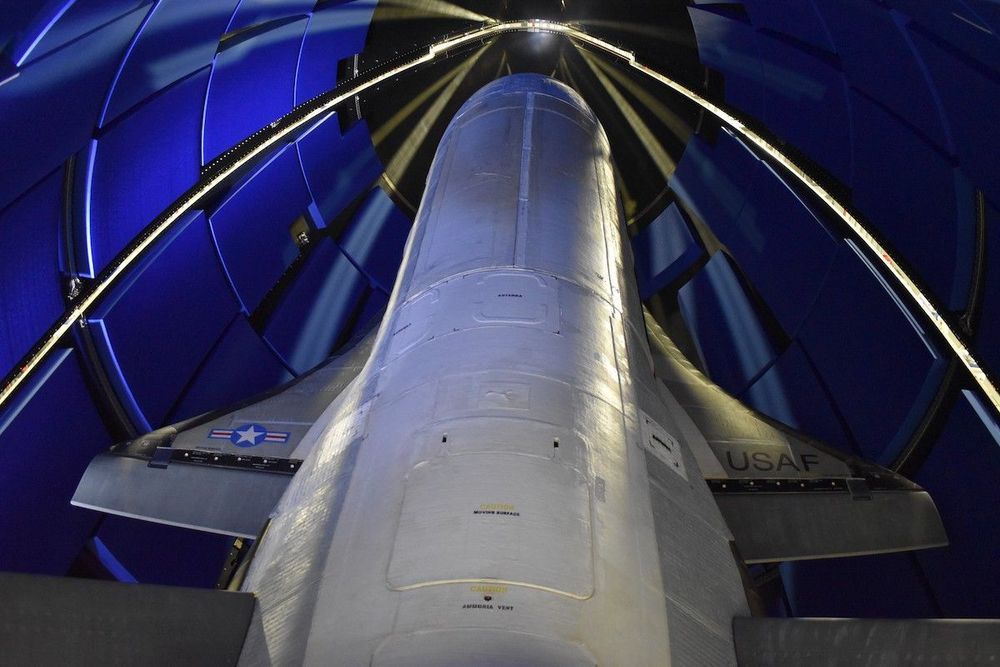
The next flight of the U.S. military’s reusable X-37B spaceplane — scheduled for liftoff May 16 from Cape Canaveral — will carry more experiments into orbit than any of the winged ship’s previous missions, including two payloads for NASA and a small deployable satellite built by Air Force Academy cadets.
Military officials announced new details about the upcoming X-37B mission Wednesday, and confirmed its target launch date of May 16. The Boeing-built spaceplane was mounted on top of a United Launch Alliance Atlas 5 rocket Tuesday inside the Vertical Integration Facility at Cape Canaveral’s Complex 41 launch pad.
The unpiloted spacecraft launches inside a payload shroud on top of a conventional rocket, unfurls a power-generating solar array in orbit to generate electricity, and returns to Earth for a runway landing like NASA’s retired space shuttle.

In what will surely divide the e-cycling world, Delfast has updated its latest high-speed electric bicycle. The Top 2.0 is a high power, 50 mph (80 km/h) e-bike that pushes the limits of electric bicycles.
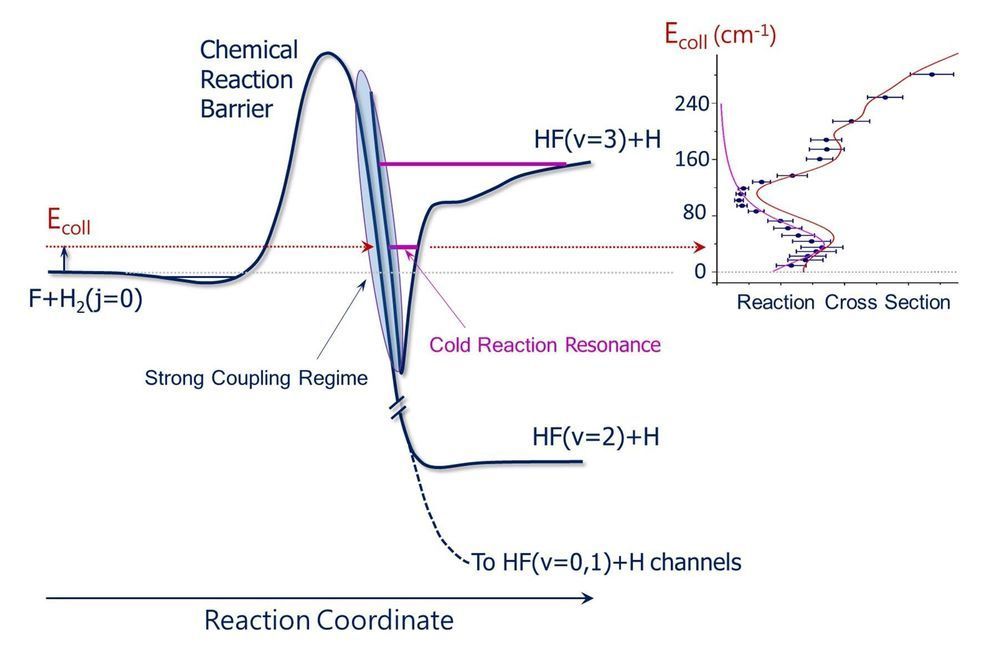
Recently, Prof. Yang Xueming from the Dalian Institute of Chemical Physics of the Chinese Academy of Sciences and Prof. Yang Tiangang from the Southern University of Science and Technology discussed significant advances in the study of quantum resonances in atomic and molecular collisions at near absolute zero temperature. Their article was published in Science on May 7.
The rules of quantum mechanics govern all atomic and molecular collision processes. Understanding the quantum nature of atomic and molecular collisions is essential for understanding energy transfer and chemical reaction processes, especially in the low collisional energy region, where quantum effect is the most prominent.
A remarkable feature of quantum nature in atomic and molecular collision is quantum scattering resonances, but probing them experimentally has been a great challenge due to the transient nature of these resonances.